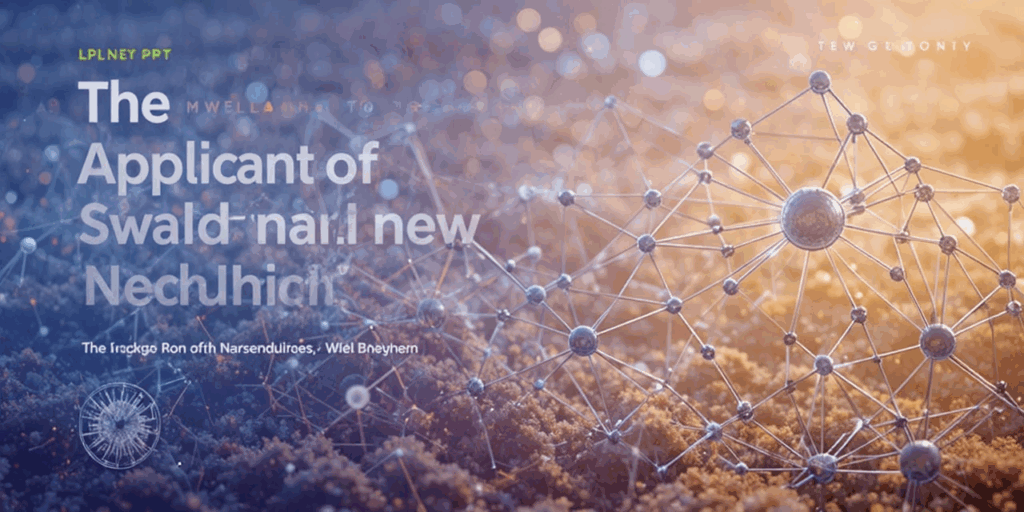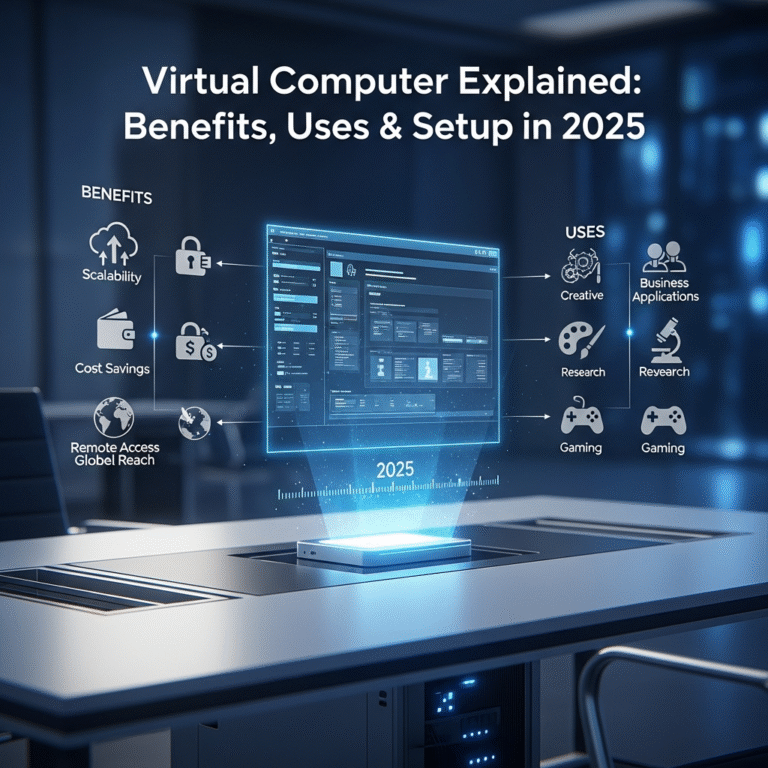Blockchain technology has emerged as one of the most potent inventions influencing the digital landscape in recent years. Blockchain has expanded beyond its initial use as the basis for cryptocurrencies like Bitcoin. These days, it’s changing sectors like government systems, healthcare, education, logistics, and real estate. Anyone interested in the future of technology must comprehend how blockchain functions and why it matters as we approach 2025.
Blockchain Technology: What Is It?
Fundamentally, blockchain is a decentralised digital ledger that securely and openly logs transactions across numerous computers. Blockchain functions on a peer-to-peer network, in contrast to conventional systems that depend on a central authority (such as a bank or government). Since each participant (referred to as a node) has access to the same data, hacking or manipulation is practically impossible.
The term “blockchain” comes from the fact that every transaction is kept in a block, which is then added to a chain in chronological order once it is full. By employing cryptographic algorithms to safeguard this data chain, integrity and security are guaranteed without the need for intermediaries.

How Blockchain Works
Although it may seem complicated, there are four basic steps that make up how blockchain works:
- Transaction Initiation: When a user sends digital money or signs a digital contract, they are requesting a transaction.
- Block Creation: The requested transaction is shared throughout the network as a “block”.
- Verification: Using consensus techniques like Proof of Work (PoW) or Proof of Stake (PoS), the network of nodes verifies the transaction.
- Block Addition: After verification, the block is permanently added to the blockchain, where it is visible to all users and cannot be changed.
Every transaction is guaranteed to be transparent, safe, and impenetrable thanks to this procedure.

Essential Elements of Blockchain Technology
- Decentralisation: The network is not governed by a single entity. This lowers the possibility of single-point failures and grants users greater freedom.
- Transparency: All parties involved can see every transaction, which boosts user and organisational trust.
- Security: To stop fraud and unauthorised changes, blockchain employs consensus validation and encryption.
- Immutability: Accuracy and dependability are guaranteed since data cannot be altered once it is added to the blockchain.
- Smart Contracts: These are digital contracts that execute themselves and enforce terms automatically when certain conditions are met; no human intervention is necessary.
Real-World Applications of Blockchain in 2025
- Banking and finance: Blockchain makes it possible to make international payments more quickly and affordably by doing away with the need for middlemen. Blockchain is being used by banks to process safe transactions in a matter of seconds rather than days.
2. Healthcare: Blockchain technology can be used to safely store and exchange patient records between hospitals, enhancing data privacy and lowering administrative errors.
3. Supply Chain Management: To ensure authenticity and transparency, businesses such as IBM and Walmart use blockchain technology to track products from point of origin to point of delivery.
4. Voting Systems: Blockchain-based voting has the potential to improve election security, transparency, and tamper resistance.
5. Digital Identity: People can use blockchain technology to establish a single, secure digital identity in place of numerous passwords and documents.
6. Real estate: By logging ownership on a digital ledger, blockchain streamlines the purchasing and selling of real estate while lowering fraud and paperwork.
7. Education: By issuing blockchain-based degrees, universities can easily verify academic accomplishments and prevent the issuance of phoney certificates.

Blockchain Technology’s Advantages
- Enhanced Security: Hacking is nearly impossible due to encryption and the decentralised architecture.
- Faster Transactions: Processing through traditional systems can take days. They are finished by blockchain in a matter of seconds or minutes.
- Cost-effectiveness: Businesses save money on processing and verification fees by cutting out middlemen.
- Data Integrity: This guarantees total trust and authenticity because data cannot be changed once it has been added.
- Global Accessibility: People in developing nations can now access financial systems without banks thanks to blockchain technology.
Blockchain Technology’s Difficulties
Although blockchain has a lot of promise, there are some issues that need to be addressed:
- Energy Use: VerifiedBitcoin and other work systems use a lot of energy.
- Regulatory Concerns: A lot of governments are still figuring out how to control activities that use blockchain technology.
- Scalability: It gets harder to maintain speed and efficiency as the user base increases.
- Awareness Gap: A lot of people and organisations still don’t know how blockchain technology operates or how to use it efficiently.
Blockchain’s Prospects in 2025 and Beyond
As 2025 approaches, blockchain is becoming more than just a catchphrase; it is a game-changing instrument influencing the digital economy. According to experts, blockchain will be combined with 5G networks, artificial intelligence (AI), and the Internet of Things (IoT) to create ecosystems that are smarter and more secure.
Blockchain will be used by businesses for supply transparency, identity verification, data protection, and financial transactions. Blockchain-based Central Bank Digital Currencies (CBDCs) are being investigated by governments around the world; this could revolutionise the way money functions in the future.
The emergence of Web 3.0, a new internet where users control their data, content, and privacy and represents a significant departure from the centralised systems we currently use, is also supported by the decentralised nature of blockchain.
In conclusion
Blockchain technology is transforming how information is shared, stored, and protected globally. It is the cornerstone of an open, safe, and decentralised digital future, and its potential extends well beyond cryptocurrencies. Blockchain will continue to be one of the major technologies guiding us into a more intelligent and reliable world in 2025 and beyond as innovation advances.





